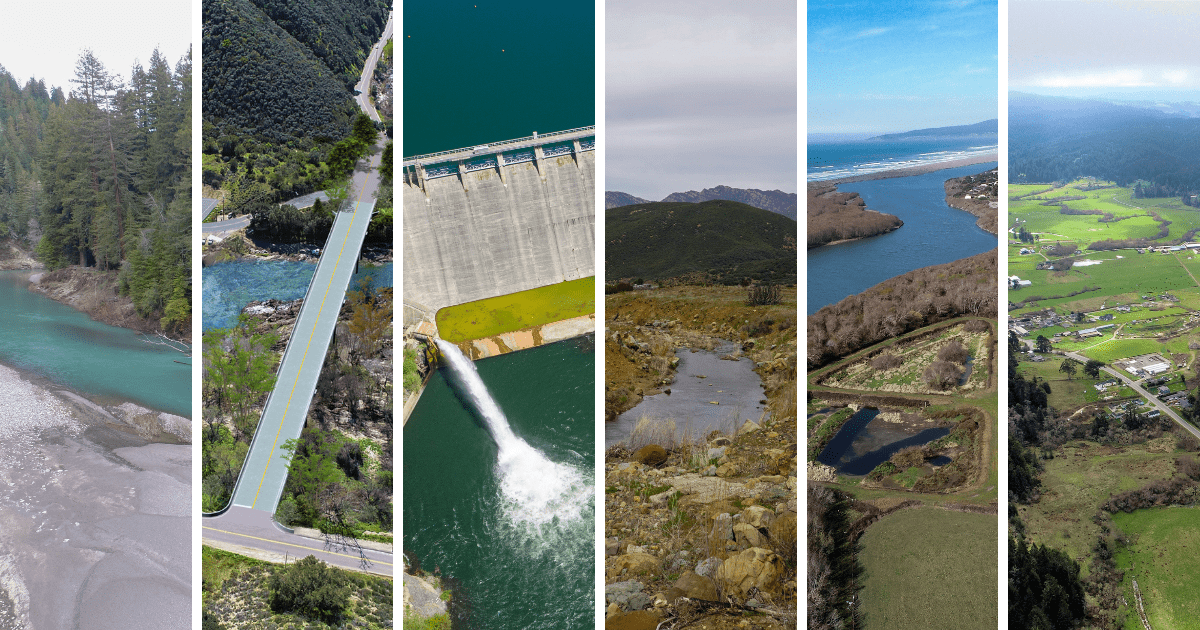Federal Act Introduced to Invest in Dam Safety and Removal
We are excited to share that the Twenty-First Century Dams Act was introduced this month on July 15, 2021. This bill would invest $21.1 billion to enhance the safety, grid resilience benefits, and power generating capacity of America’s dams and provide historic funding to remove dams that are no longer necessary.
Senators Dianne Feinstein (D-Calif.), Alex Padilla (D-Calif.), Ron Wyden (D-Ore.), Debbie Stabenow (D-Mich.), Gary Peters (D-Mich.), Kirsten Gillibrand (D-N.Y.) and Michael Bennet (D-Colo.) introduced the bill.
According to the press release from Senator Feinstein’s office, “in the United States there are more than 90,000 dams, including 6,000 ‘high-hazard’ dams that have poor, unsatisfactory or unknown safety ratings that without rehabilitation would pose a threat to human life if they fail. Many dams that generate hydropower are aging and need upgrades to continue providing an essential baseload source of renewable energy. Additionally, some of the nation’s dams have outlived their useful life and should be removed to restore rivers to their natural state.”
For us at CalTrout, part of the Hydro Reform Coalition, we are thrilled to see legislation like this. Reconnecting habitat is one of our key initiatives in our effort to return native fish to resilience. The objectives include removing barriers to fish passage and getting obsolete dams out. The removal of dams that have outlived their functional lifespan outweighs leaving them in place when considering ecosystem and economic benefits.
Learn more about CalTrout’s work with dam removal at www.caltrout.org/damsout.






1 Comment
Often stagnant water is warming water, while moving water is cleaner and cooler. And opening migration paths for fish is a good thing.